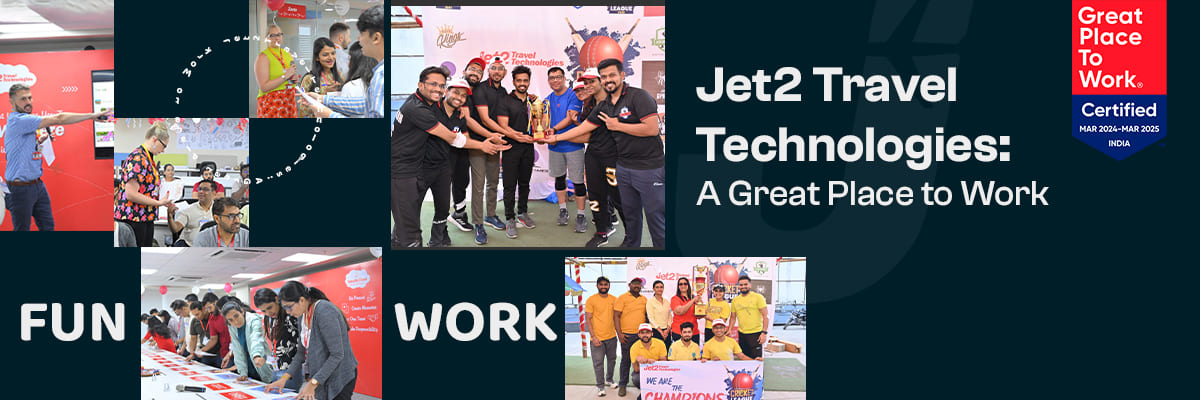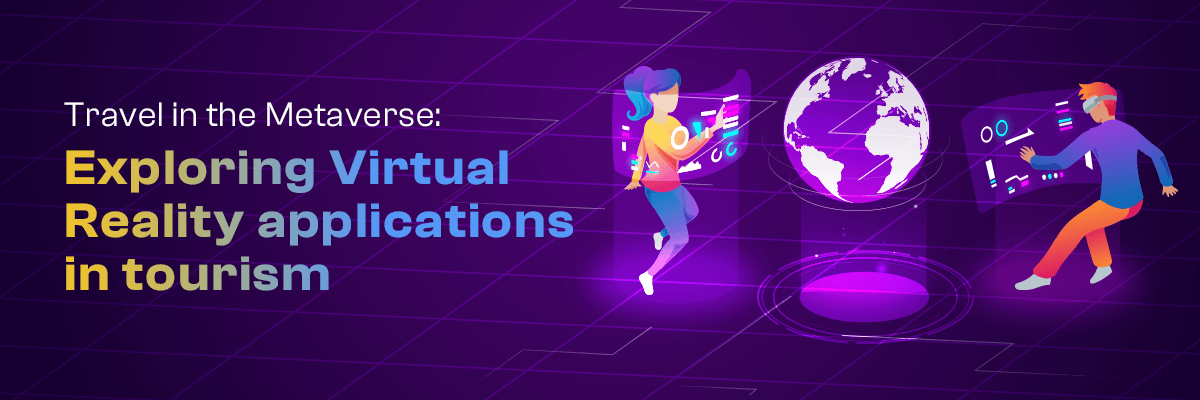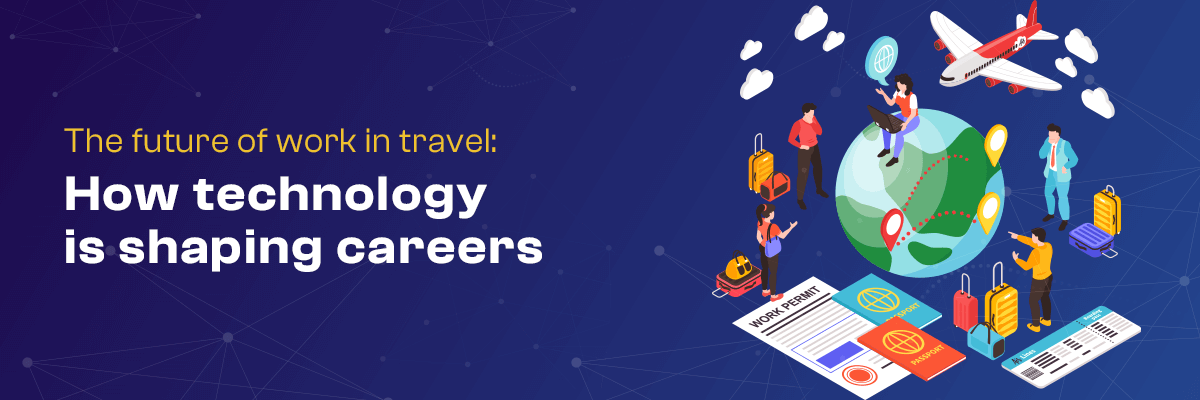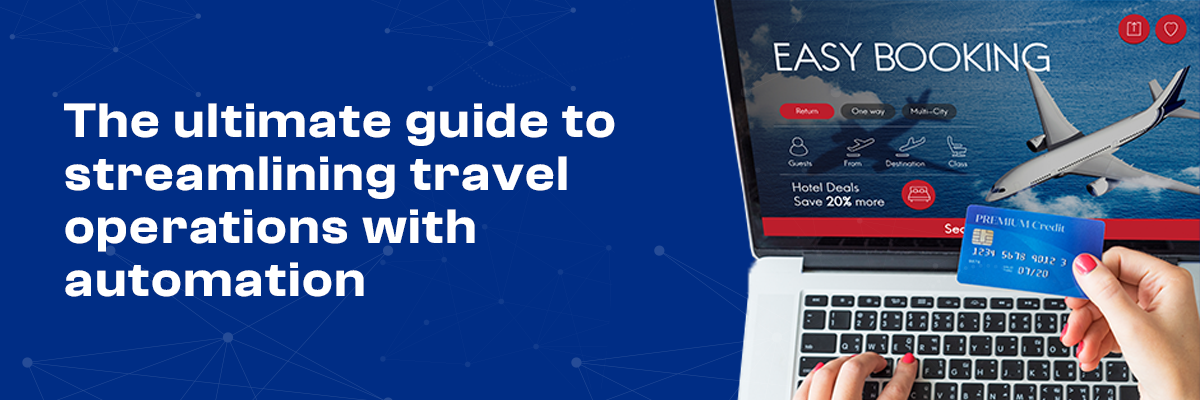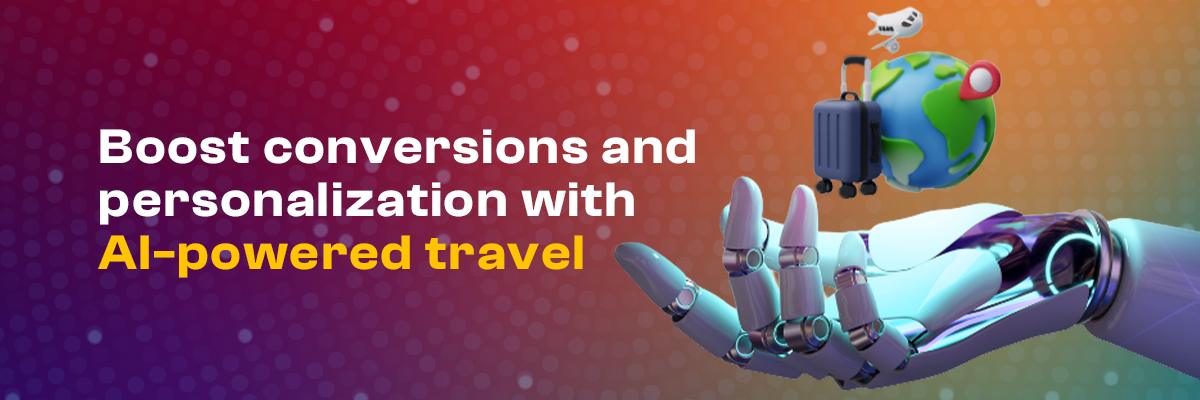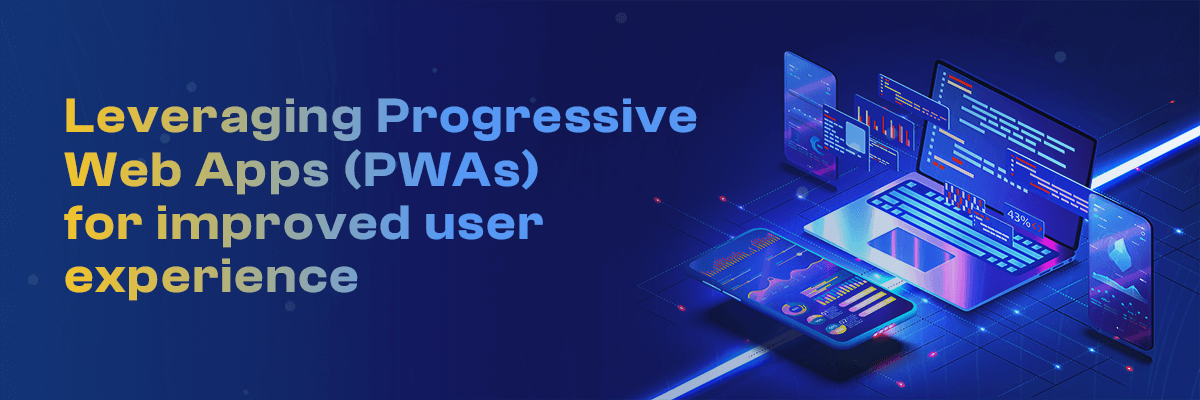Jet2 Travel Technologies, a leading innovator in the travel and technology sector, is proud to announce its consecutive win of the “Great Place to Work” award for the second year.
As the technological backbone of the UK’s third-largest airline and largest package holiday provider, Jet2 Travel Technologies (J2TT) is committed to leveraging cutting-edge technology to enhance the travel experience.
The company’s commitment to creating exceptional travel solutions positions it as a trailblazer in the industry, continually driving advancements that meet and exceed the growing needs of travelers.
Why Jet2 Travel Technologies Stands Out
At Jet2 Travel Technologies, the innovative work environment is centered around harnessing state-of-the-art technology to redefine the travel experience. The company’s dedication to innovation ensures that it remains at the forefront of the travel technology sector, delivering solutions that not only simplify travel logistics but also enrich the user experience.
A key aspect of J2TT’s culture is its collaborative and inclusive environment that bridges its teams in India and the UK. This synergy fosters a multinational, agile workplace that is conducive to creativity and rapid innovation.
The culture at J2TT is built on a foundation of growth and accountability, encouraging every team member to contribute to and share in the company’s successes. This approach not only fuels innovation but also cultivates a workplace where diversity of thought and mutual respect drive forward-thinking solutions.
Key Factors Contributing to the Award
Leadership at Jet2 Travel Technologies plays a key role in cultivating a positive work environment that supports innovation and teamwork. The leadership’s vision for a collaborative, inclusive culture is instrumental in promoting an atmosphere where employees are motivated to achieve their best.
The company’s commitment to employee growth is evident in its numerous training and development programs that encourage career progression. By investing in the professional development of its staff, J2TT ensures a team that is not only skilled but also highly motivated and engaged.
Work-life balance and comprehensive employee benefits further contribute to Jet2 Travel Technologies’ standing as a great place to work. Initiatives that prioritize mental health and well-being ensure that employees enjoy professional success and personal fulfillment.
Impact on the Business and Industry
The exceptional workplace environment at Jet2 Travel Technologies directly contributes to its success and growth within the travel technology industry. A satisfied and motivated workforce leads to increased innovation and superior customer service, which in turn strengthens the company’s market position. The integration of advanced technology and a commitment to customer satisfaction allow J2TT to continuously improve travel experiences, making it a leader in the sector.
Fostering a Culture of Excellence
The repeated recognition of Jet2 Travel Technologies as a “Great Place to Work” highlights its commitment to maintaining an excellent work environment. This achievement celebrates the company’s current accomplishments and sets the stage for future innovations and successes.
As Jet2 Travel Technologies continues to grow and evolve, it remains dedicated to upholding the standards that have earned it such prestigious accolades, promising an exciting future for its employees and stakeholders alike.


